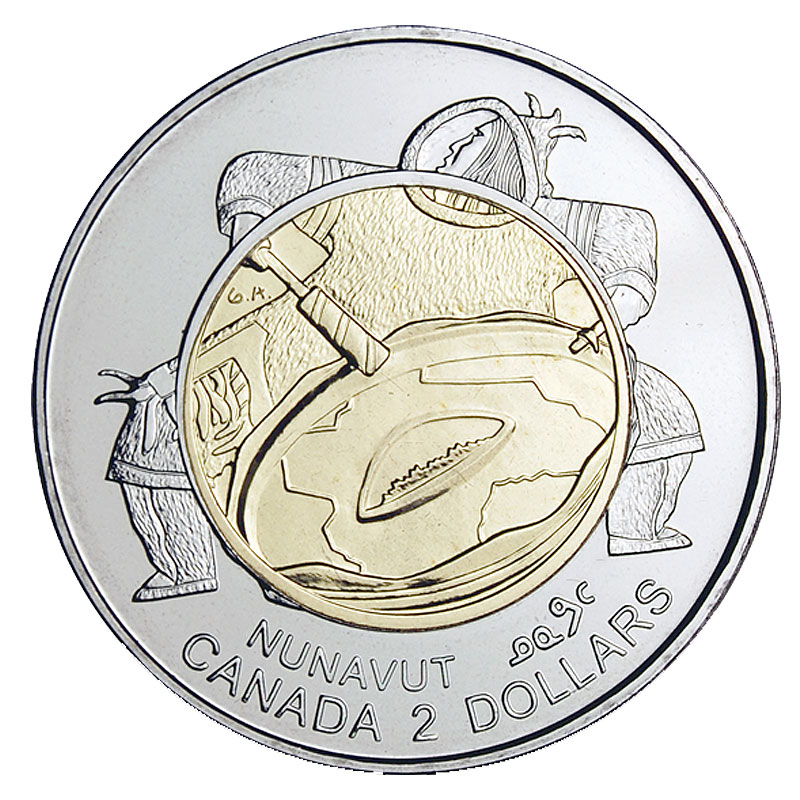

In 2006, the public and the Mint reached a compromise: name Brett Townsend's bear "Churchill." However, the portmanteau of “two” and “Loonie" stuck with Canadians, despite the government's objections.

The Mint wanted the public to name the coin, and "beary" nearly won. In contrast, Canadian planchets appeared "oily" and had a glossy, shining finish. The German planchets displayed a visible difference as they had a matte-like finish. To surely fulfill quotas, the Mint purchased ten million planchets with identical specifications from a German supplier, Deutsche Nickel. The Royal Canadian Mint promised the government that sixty million Toonies could circulate in 1996 when two-dollar note production ended. The official launch of the Toonie occurred on February 19, 1996. Rumors spread that Toonie centers might "fall out." However, the engineering department for the Mint selected a bi-mechanical locking mechanism and created the lightest, thinnest bimetallic coin in the world, eventually earning the trust of users. The traditional use, since pre-confederation, of two-dollar bills made the phase-out of two-dollar notes difficult for some Canadians. The initial costs of coins surpass that of paper money, but metal's longevity saves Canadian taxpayers millions over time. The Royal Canadian Mint figured that notes last one year in circulation while coins withstand ten or more. Conversations surrounding the replacement of the two-dollar bill occurred after the success of the Loonie.


 0 kommentar(er)
0 kommentar(er)
